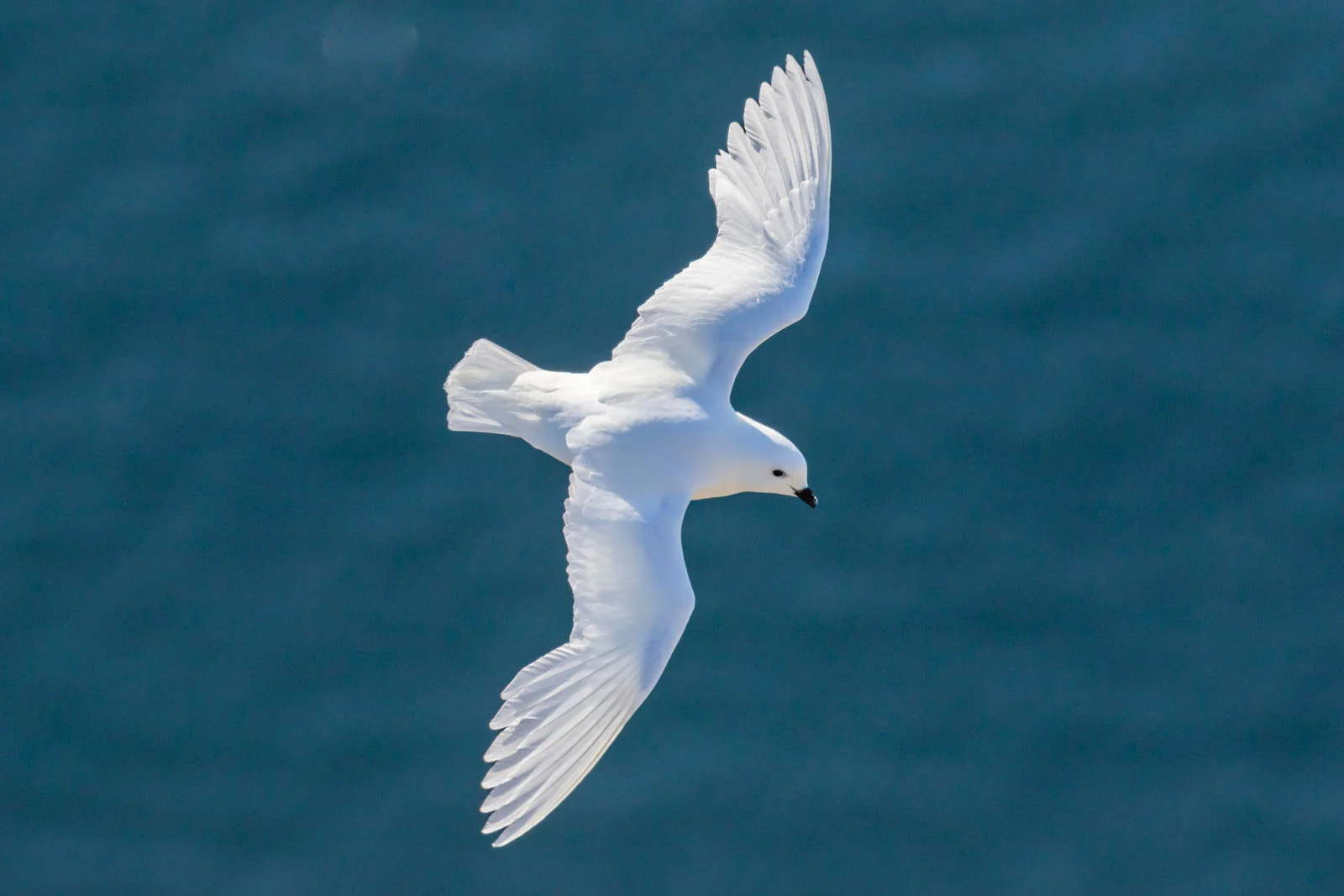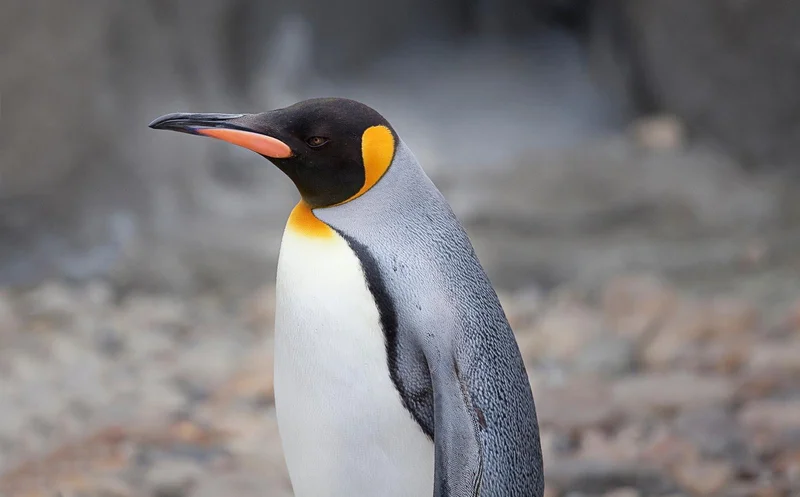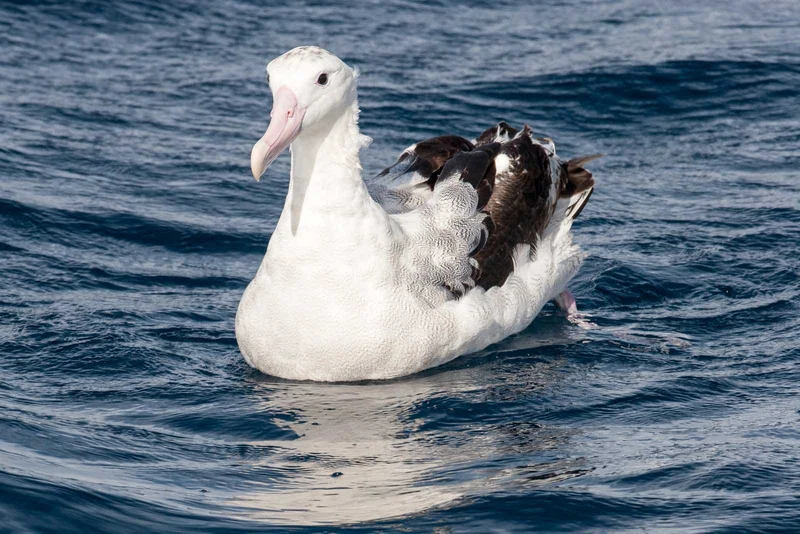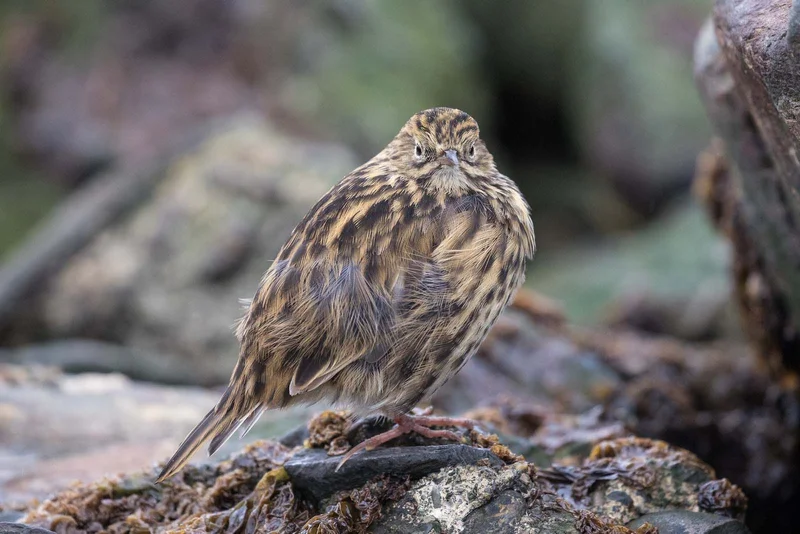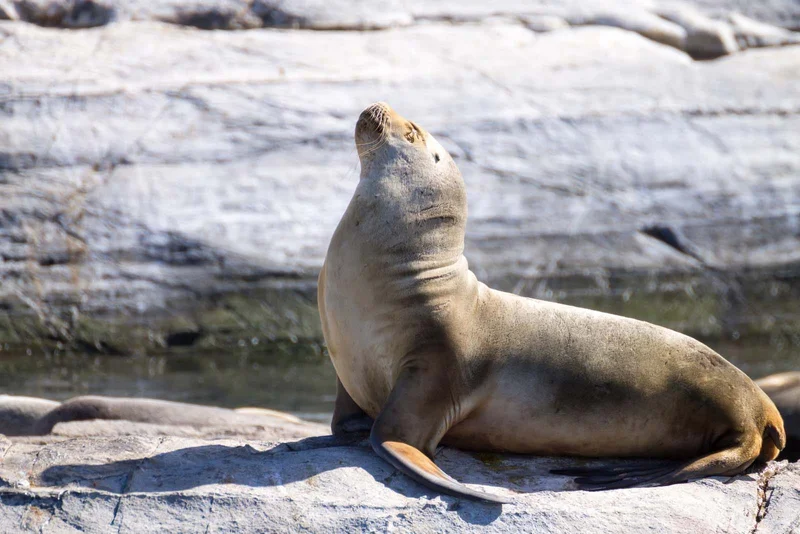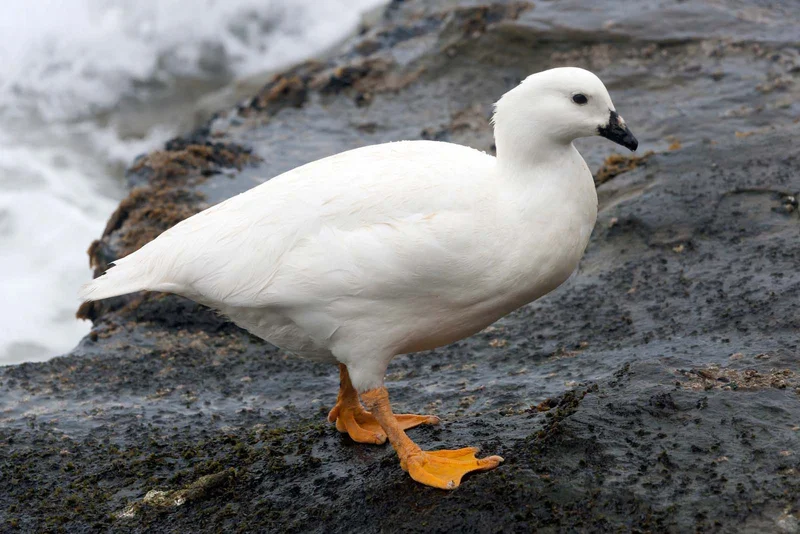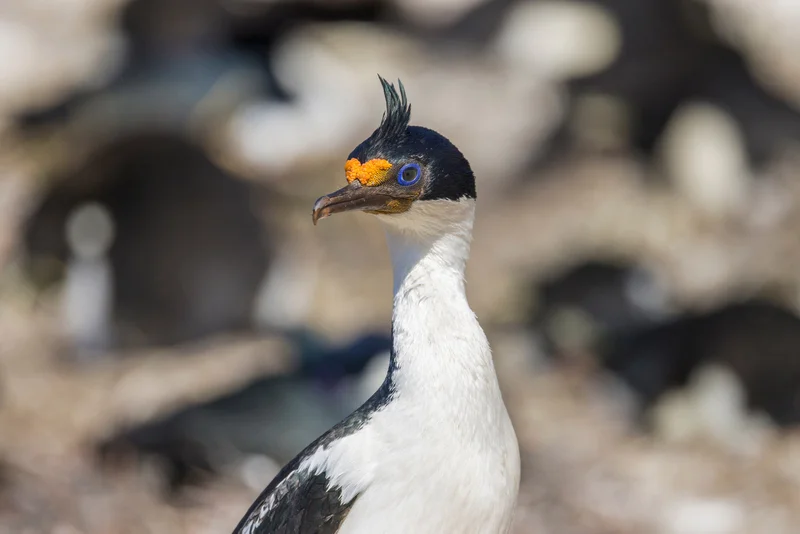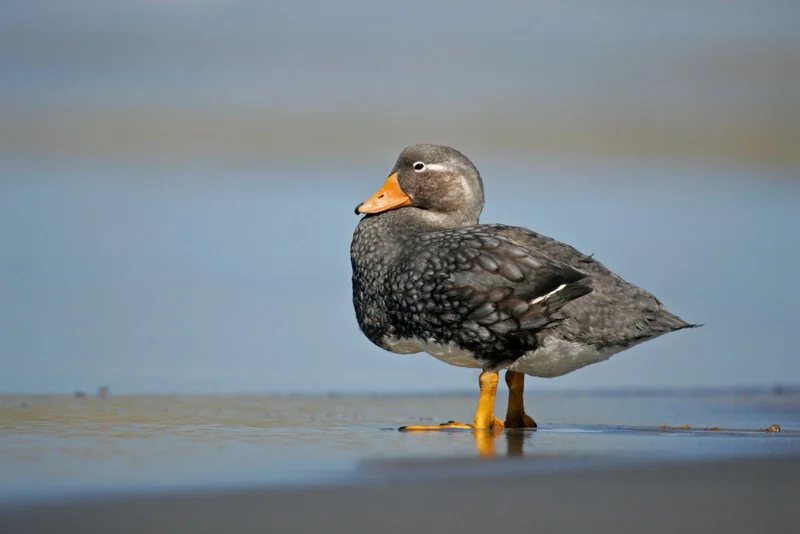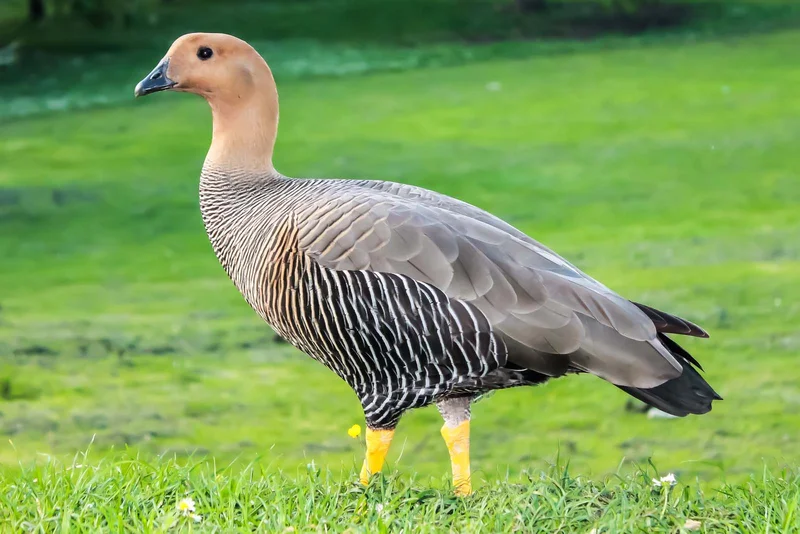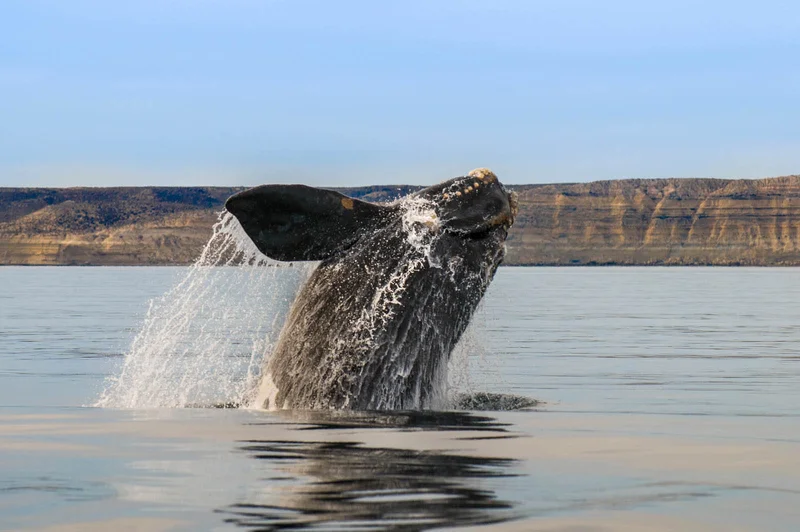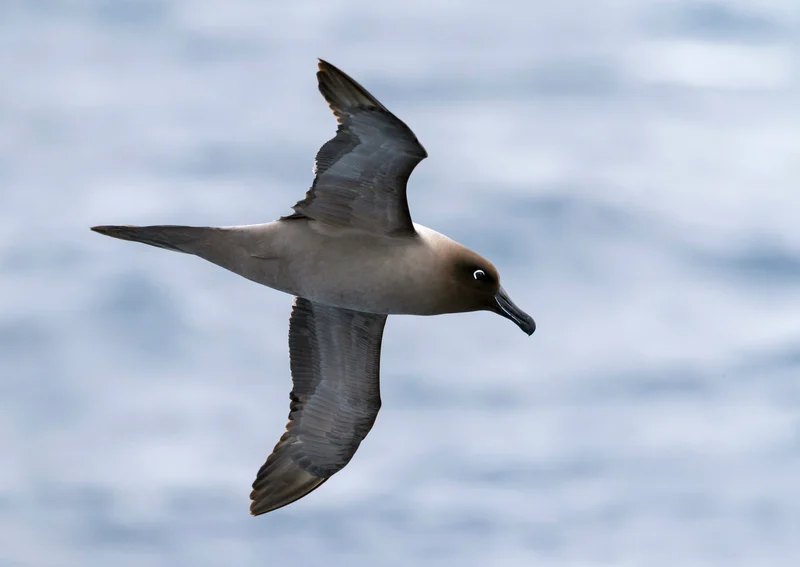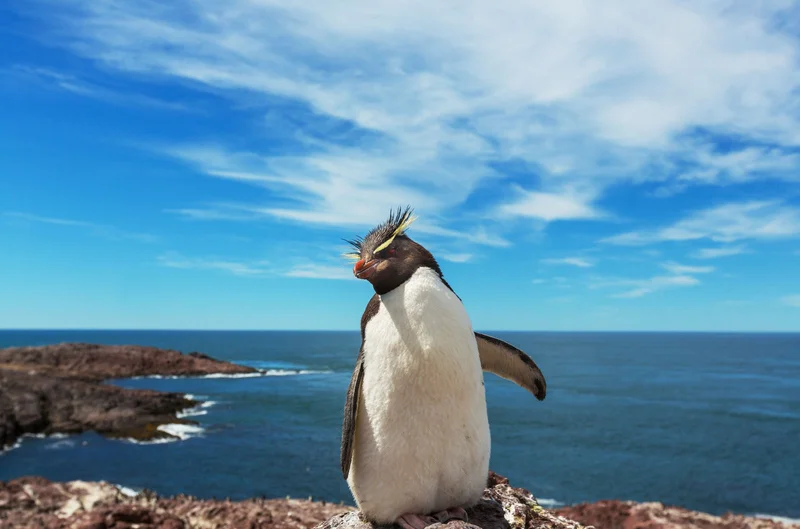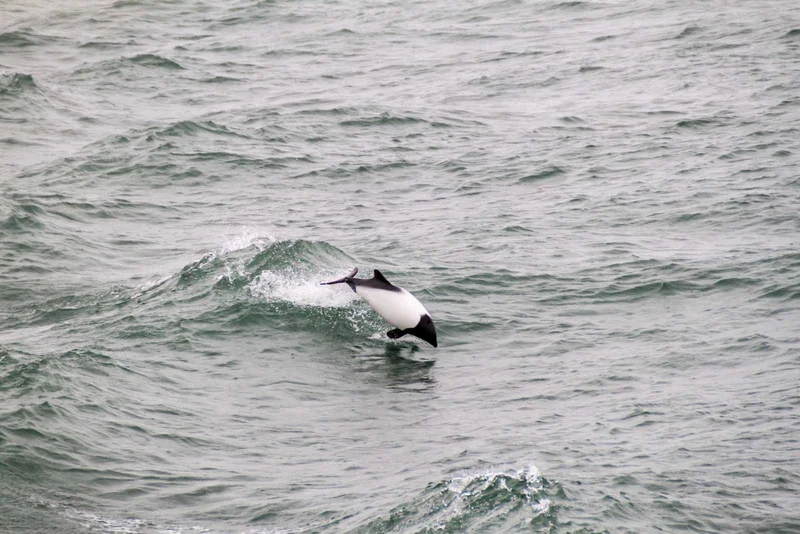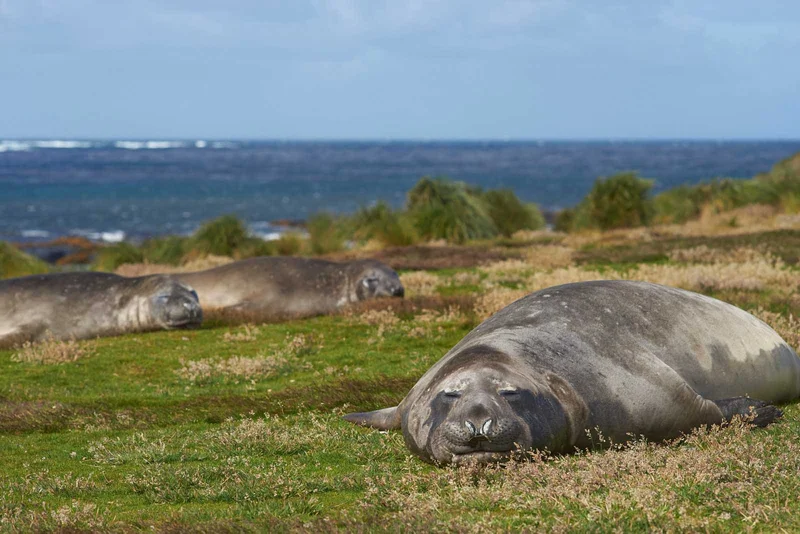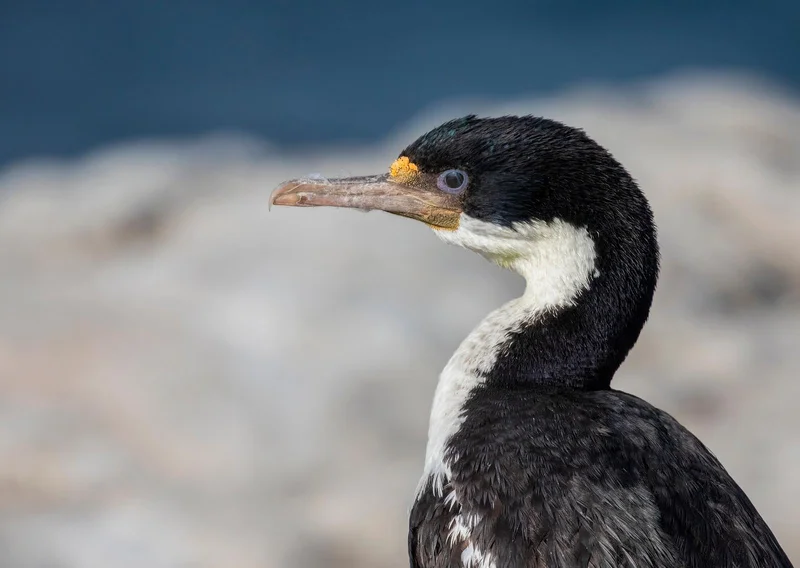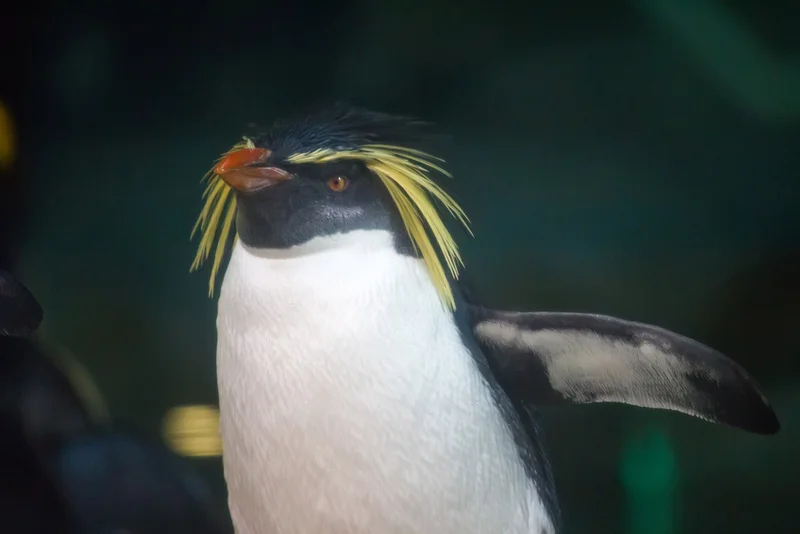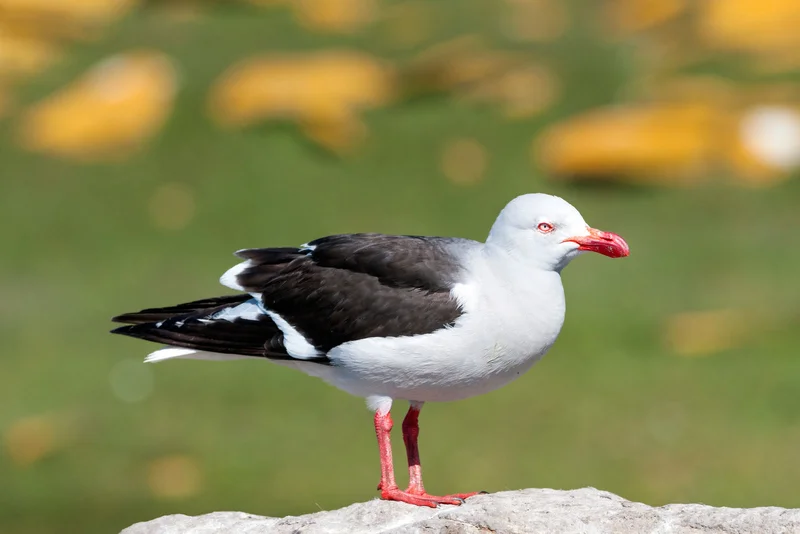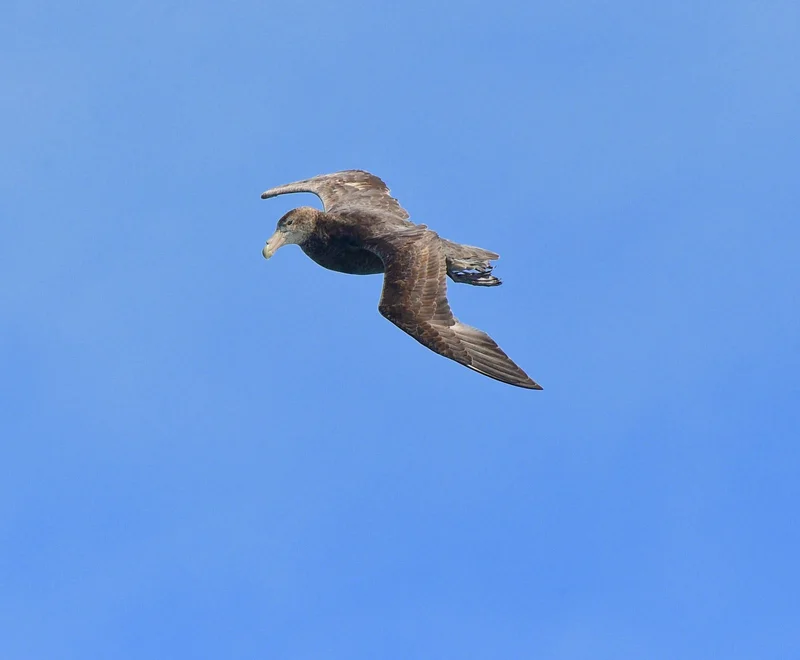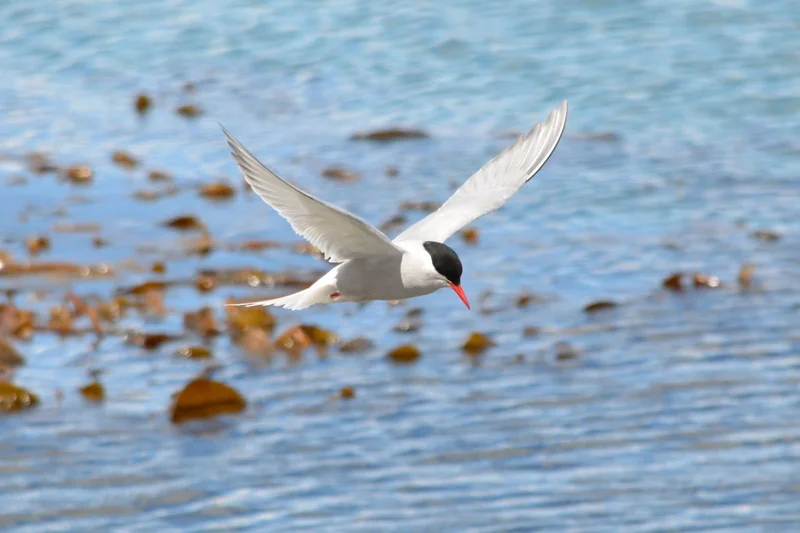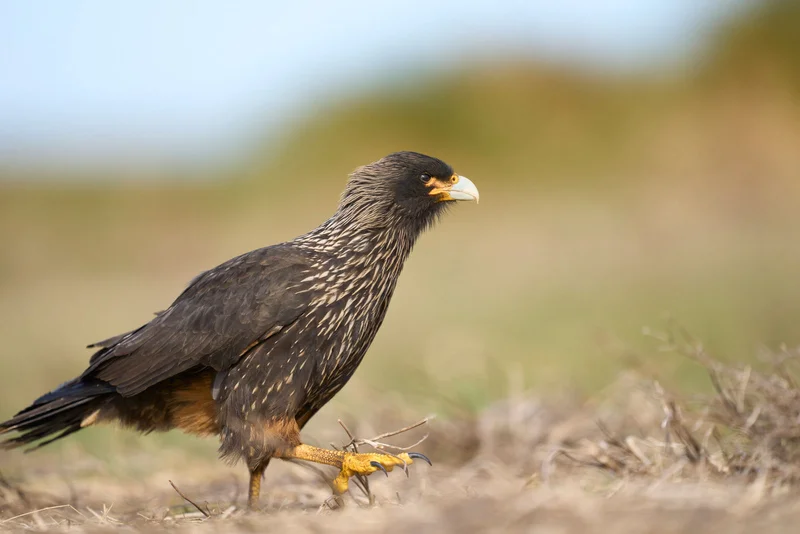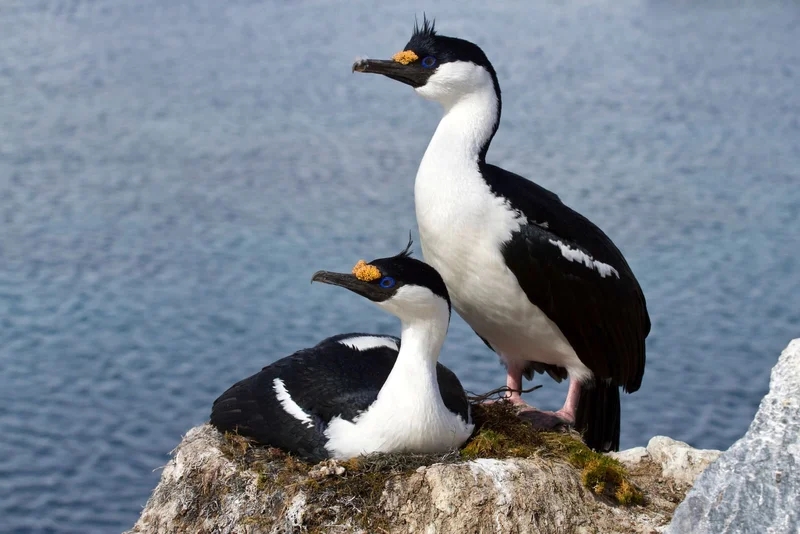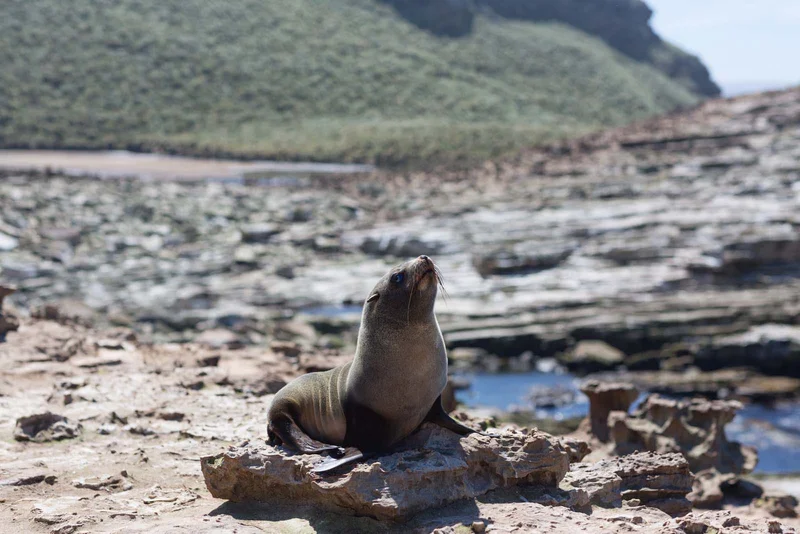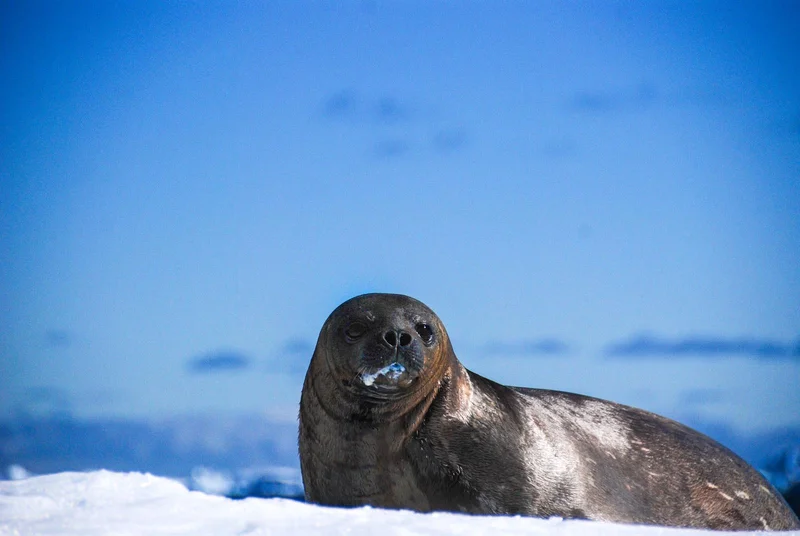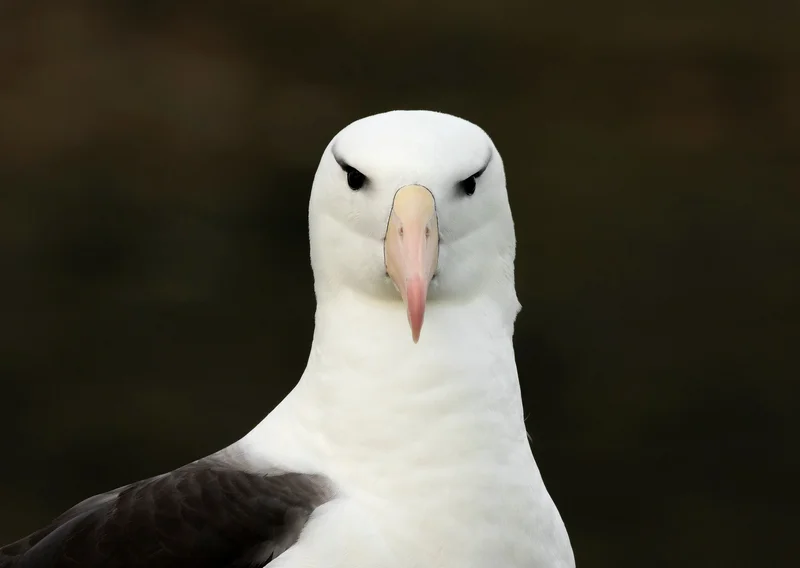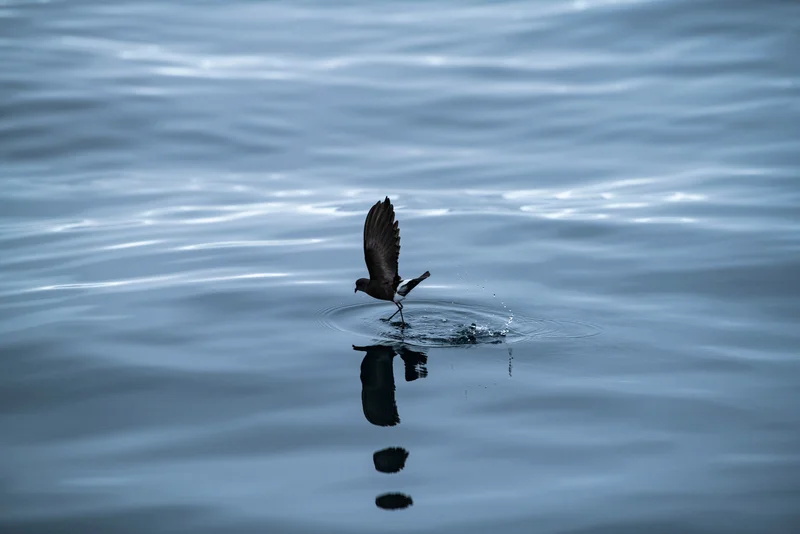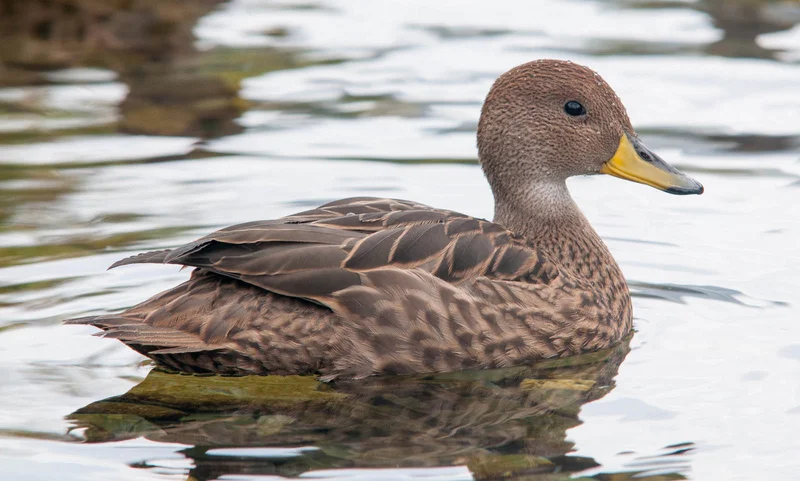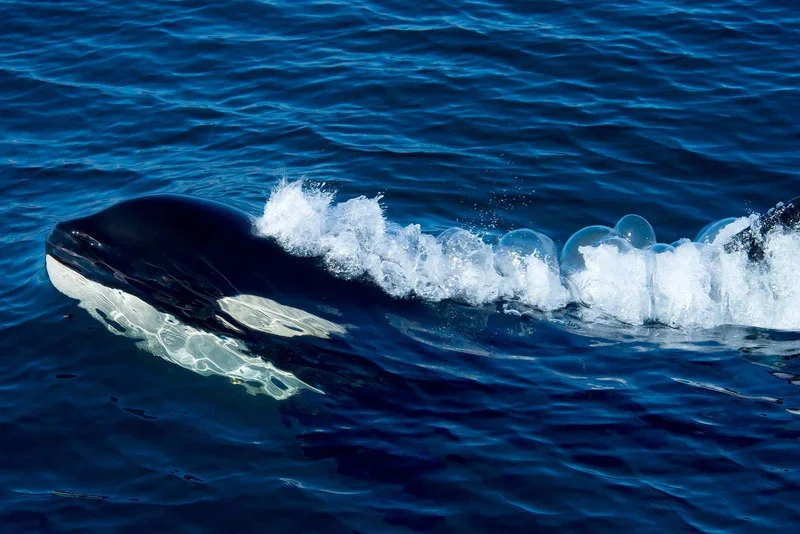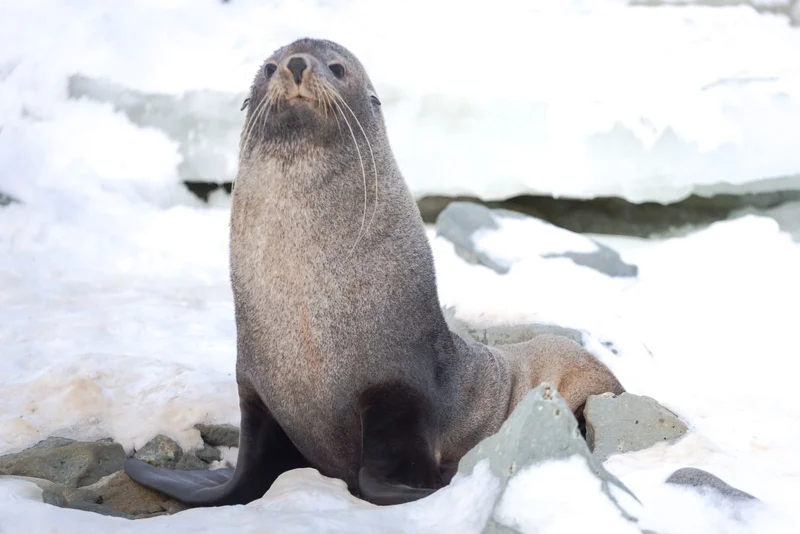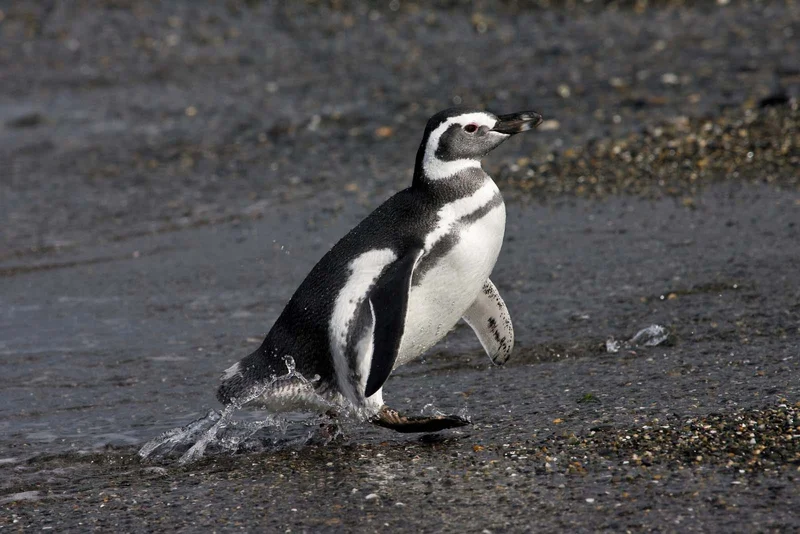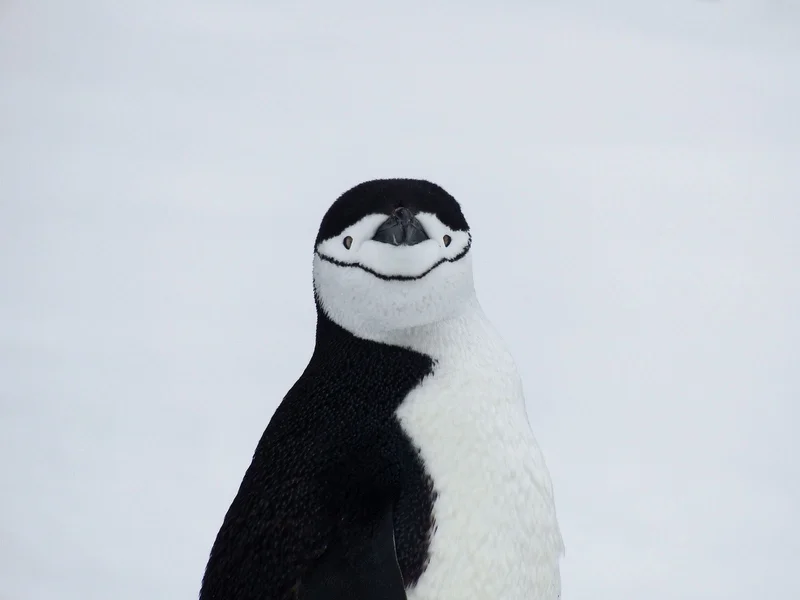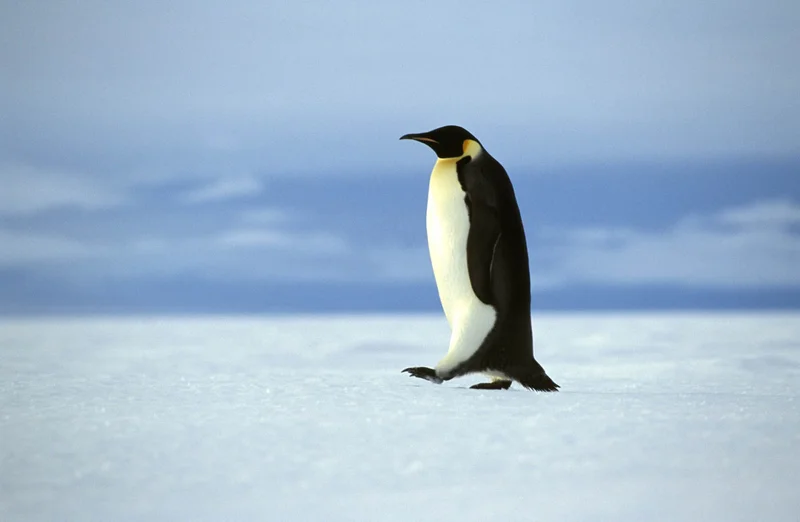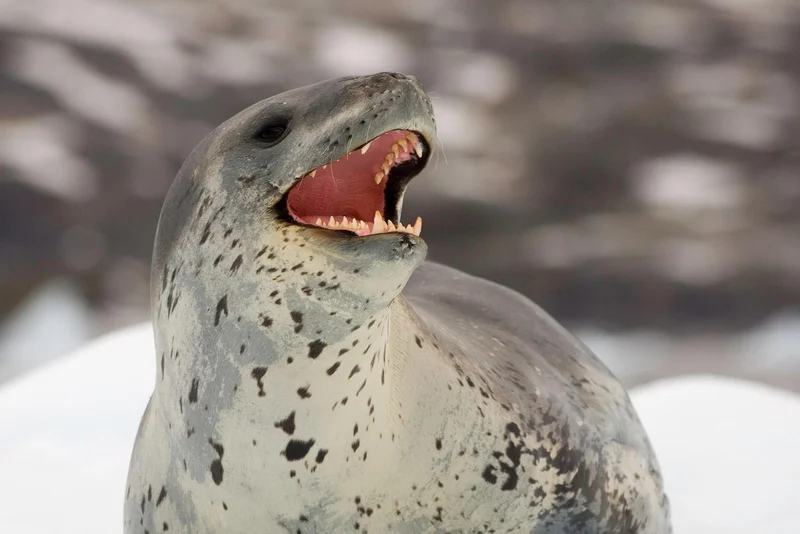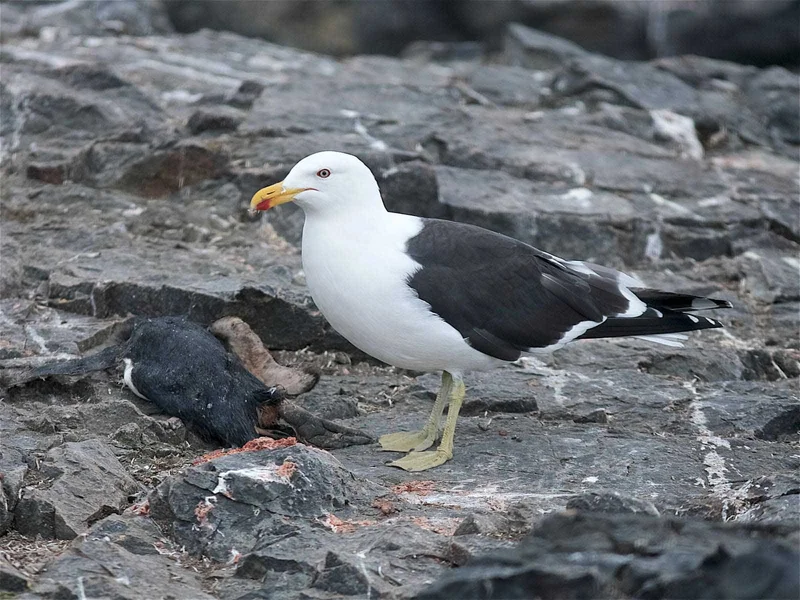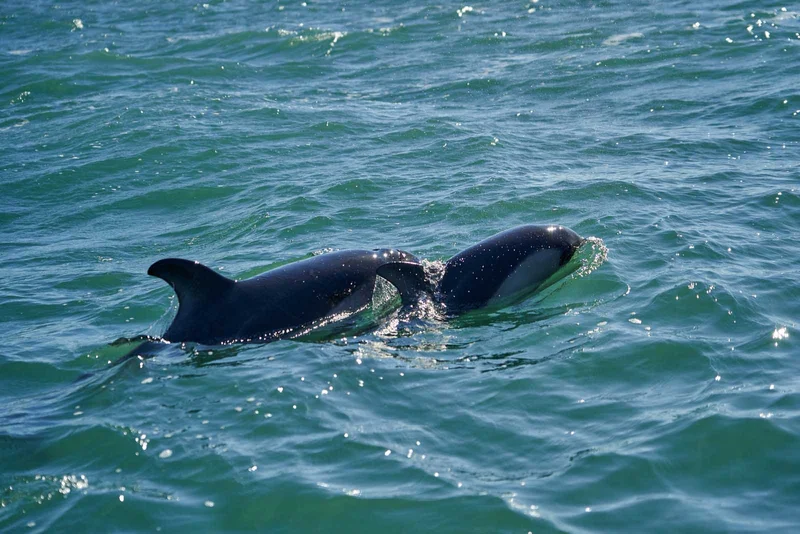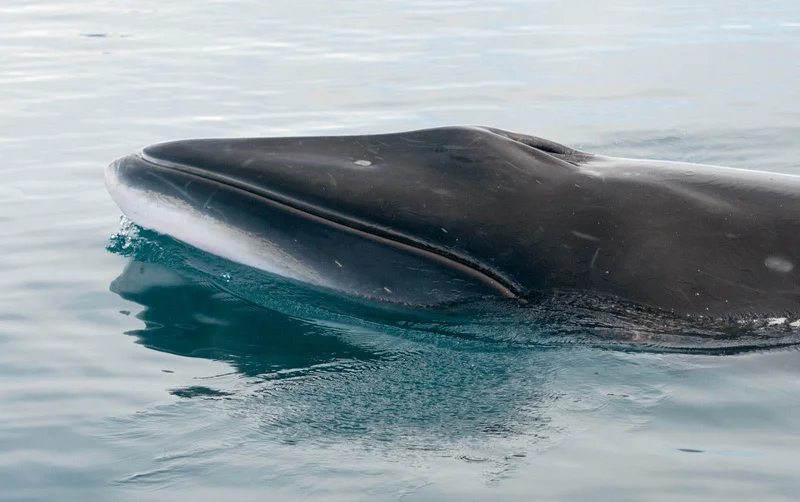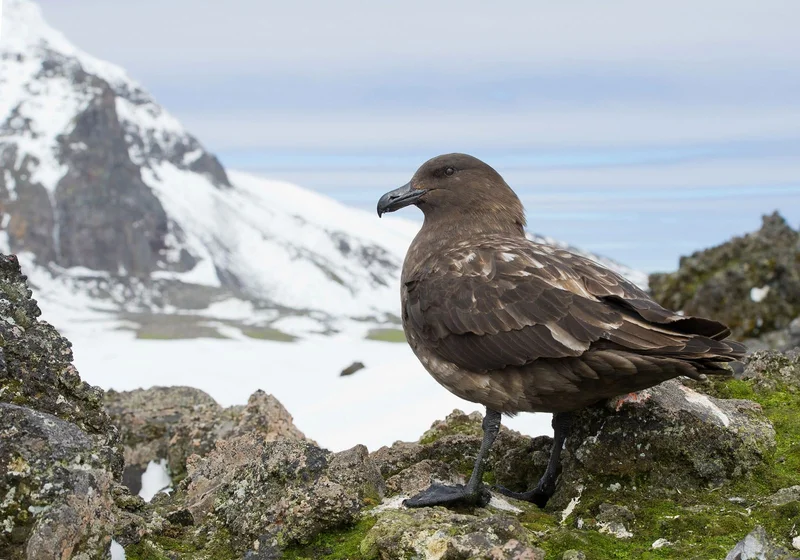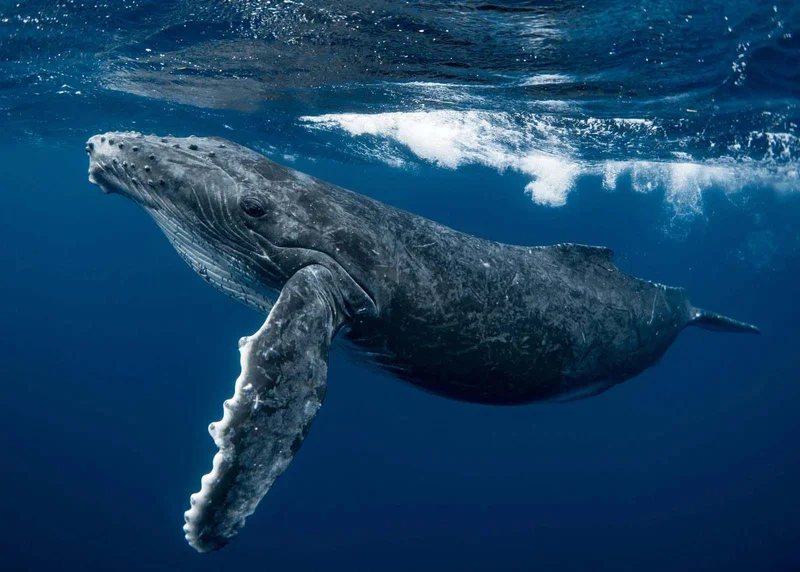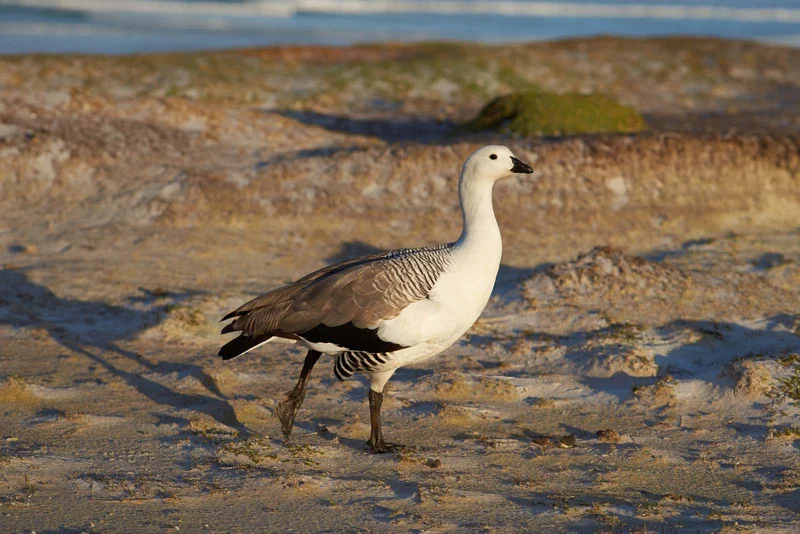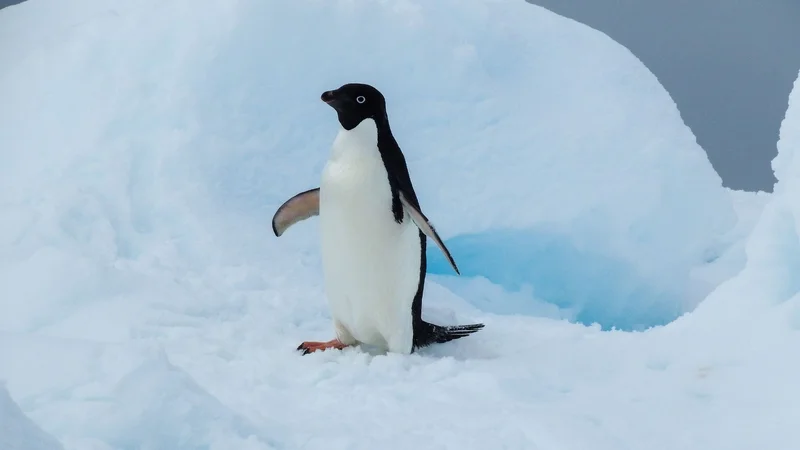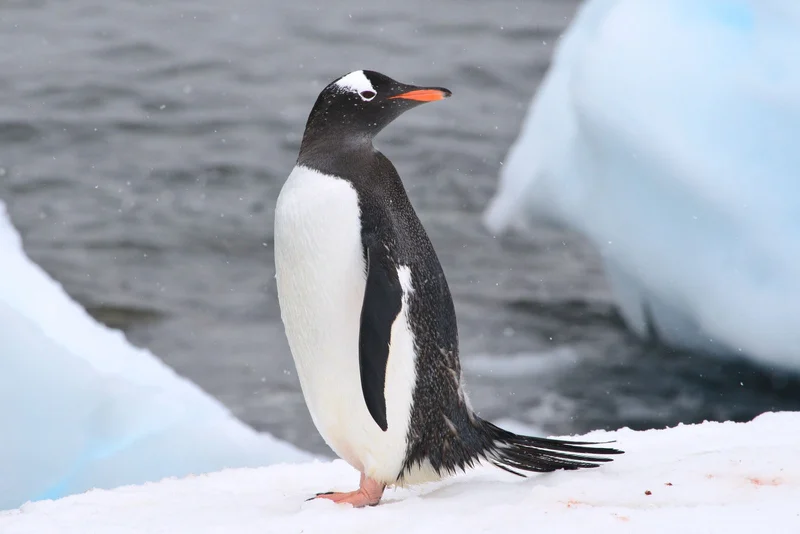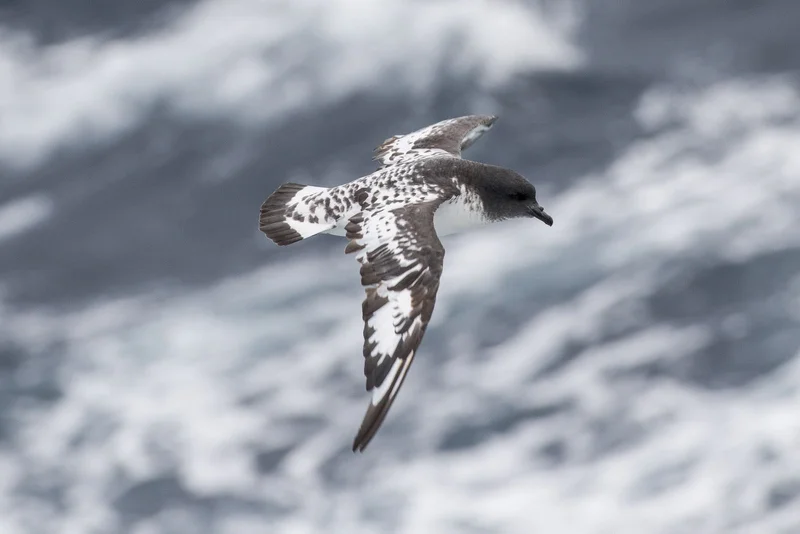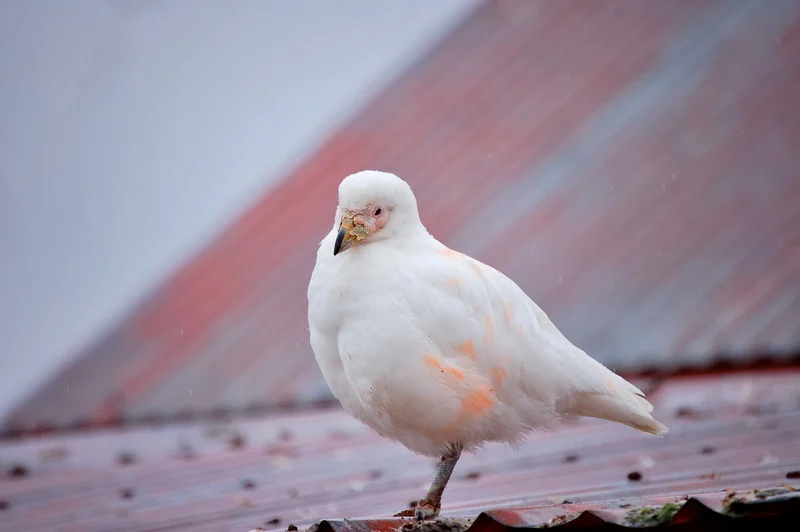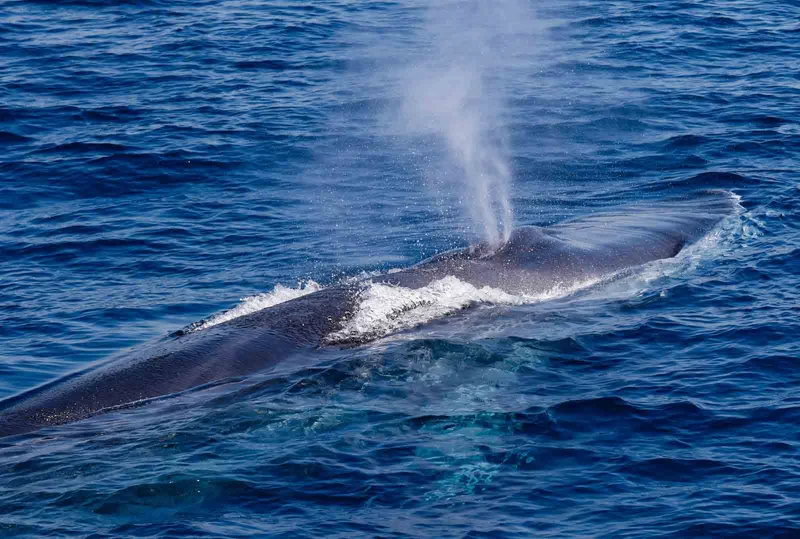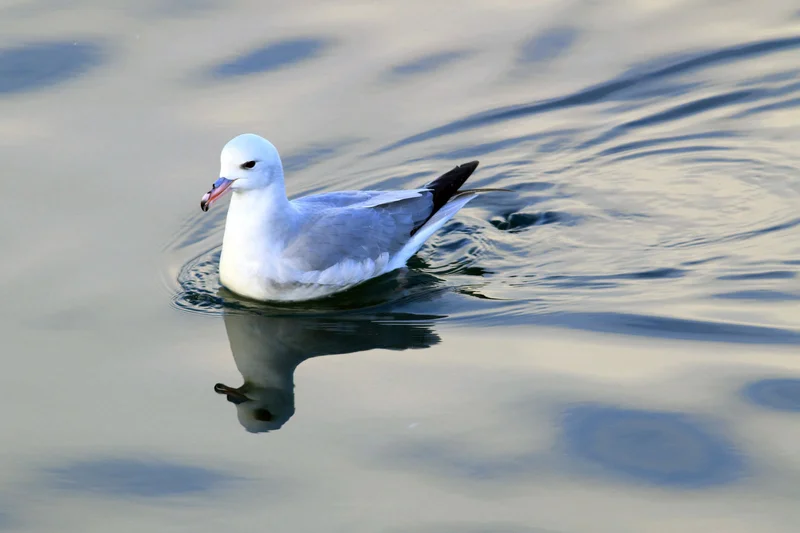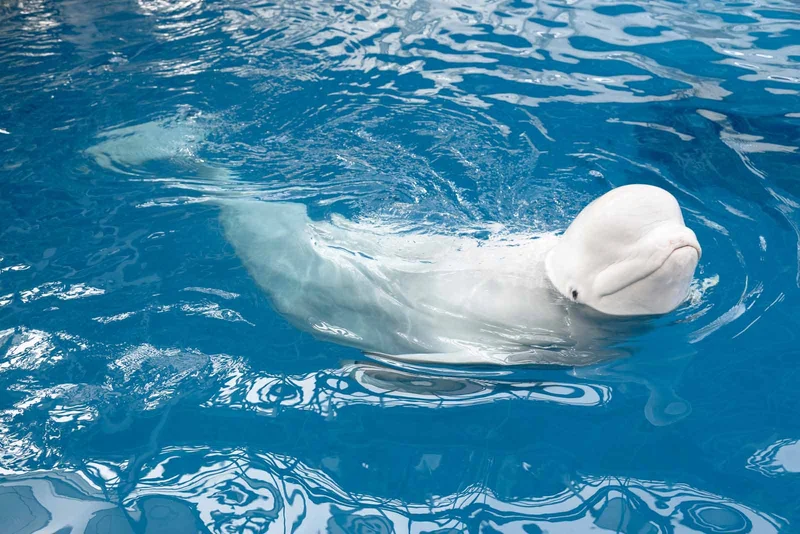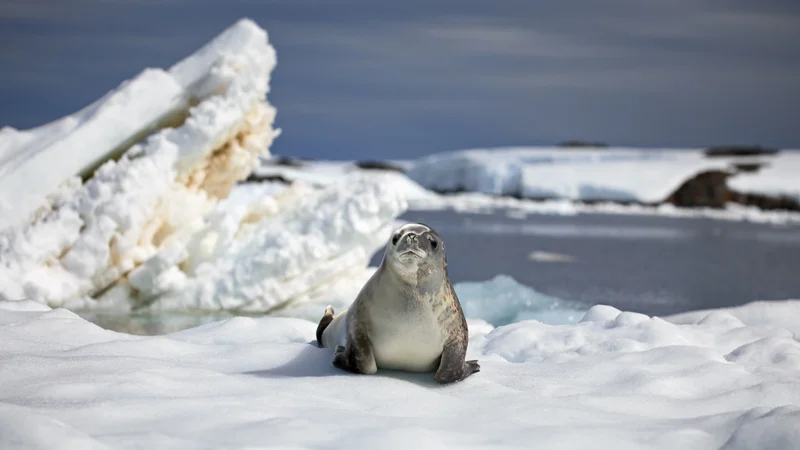Essential Snow Petrel Information
The Snow Petrel is a strikingly beautiful bird, recognized by its pure white plumage, black eyes, and bill, with pale blue feet. First described during Captain Cook’s 1777 expedition, it holds a special place in Antarctic wildlife, being one of only three bird species ever observed flying over the South Pole.
Physical Characteristics and Flight
With a wingspan of about 75 cm (30 inches), Snow Petrels are relatively small compared to other seabirds. Their flight is more fluttery than that of larger petrels, as they can’t generate as much lift for gliding. Despite this, they are often seen flying in flocks around sea ice or perched on icebergs, making them a common sight for Antarctic travelers.
Habitat and Nesting
Snow petrels breed in colonies along the Antarctic Peninsula and nearby islands. Unlike other seabirds, they don’t form massive breeding colonies, instead choosing rocky crevices or sheltered spots to lay their eggs in December. Their population is estimated at around 4 million, but they remain widely dispersed in their breeding habitats.
Feeding and Defense
These birds primarily feed on small fish, krill, and crustaceans, occasionally scavenging carrion when available. Like other petrels, they produce a waxy stomach oil used to feed their chicks and sustain themselves on long flights. This oil also serves as a defense mechanism, as they can projectile vomit it at predators. Adult snow petrels are relatively safe from most predators, but their chicks are vulnerable to aggressive seabirds like brown skuas.
Interesting Facts
- All-White Plumage: Snow petrels are one of the few birds with completely snow-white feathers, making them easy to spot on the ice.
- Over the South Pole: They are one of only three bird species observed flying over the geographic South Pole.
- Defense Mechanism: Like other petrels, they can vomit a foul-smelling stomach oil at predators.
